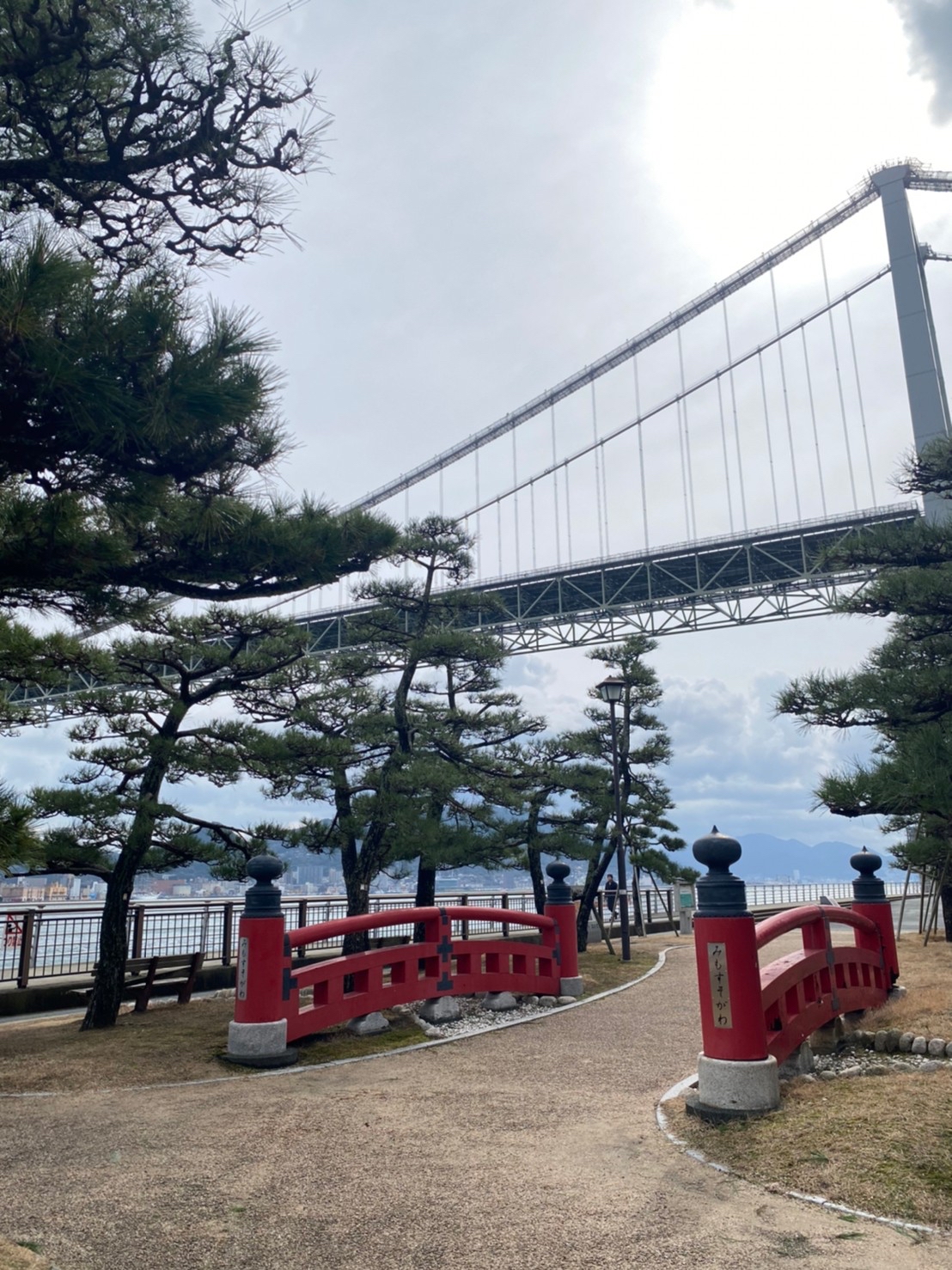The ideal of a central government centered around the emperor that would govern the land and its people began in the 7th century, but by the end of the 12th century, it had largely disappeared. Internal conflicts within the imperial family and among the aristocracy led to nobles being expelled from the court and settling in various regions, gradually accumulating independent power from the central government. At the same time, they wanted to have influence in the capital and eventually became warriors.
In addition, the nobles who had fought for power in Kyoto came to need military support and began to seek the aid of warriors. As a result, the samurai of both the Taira and Minamoto clans gained effective political control over the central government. Although the story digresses, the Taira used a red flag and the Minamoto used a white flag in their conflict, and even today, in Japanese elementary and middle schools, children are divided into the red and white teams for battles (equestrian battles). There is also a TV program called the Kohaku Uta Gassen (Red and White Song Battle) on New Year’s Eve.
The samurai of the Taira clan gained power by placing a beautiful daughter in the emperor’s harem and making her son Emperor Antoku. However, this did not last long, and they were eventually defeated by the samurai of the Minamoto clan.
The Taira were destroyed while holding Emperor Antoku. The samurai valued loyalty above their own lives. The feeling of despair when their belief that they would drown the emperor was betrayed must have been immeasurable. Near the spot where Emperor Antoku sank in Shimonoseki City, there is the Antoku Emperor’s Tomb, which is managed by the Imperial Household Agency. Beside it is the Akama Shrine, where the graves of the Taira clan are located. Even today, nearly 1,000 years later, a dark atmosphere reminiscent of resentment can be felt when visiting.
In 1185, the grandmother of Emperor Antoku’s mother, realizing the destruction of the Taira clan, lifted the young emperor and headed towards the boat’s edge. When Emperor Antoku asked where they were going, his grandmother sang the following song:
Now, I understand: the flow of the Mimuroto River at Ise Shrine carries (the main line of the imperial family) There is a capital even beneath the waves where this flow joins the ocean. You are the legitimate emperor. Therefore, a capital is prepared even under the sea.
And with Emperor Antoku in her arms, she jumped into the sea.
